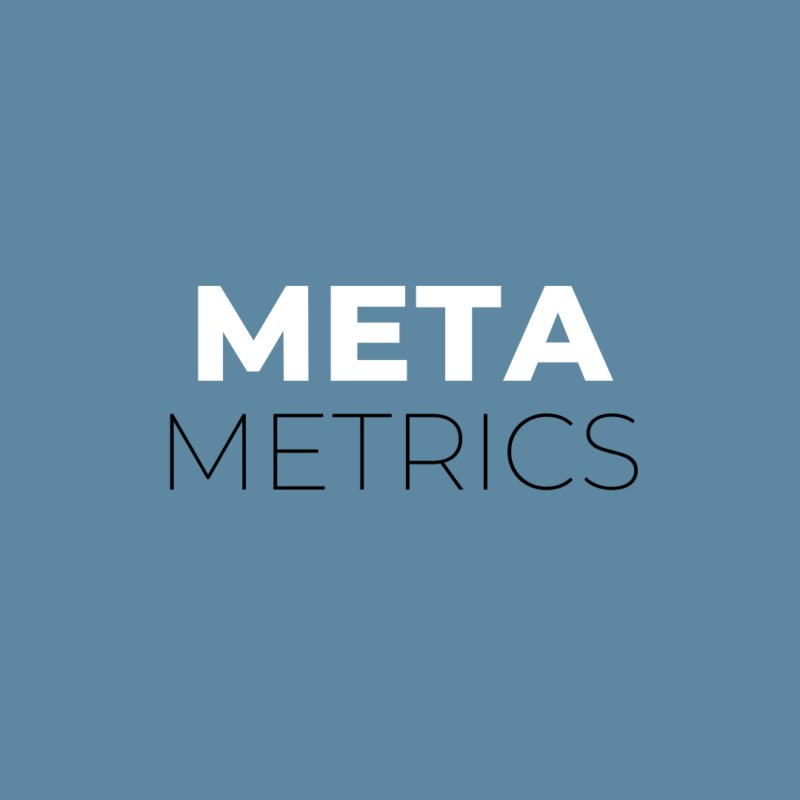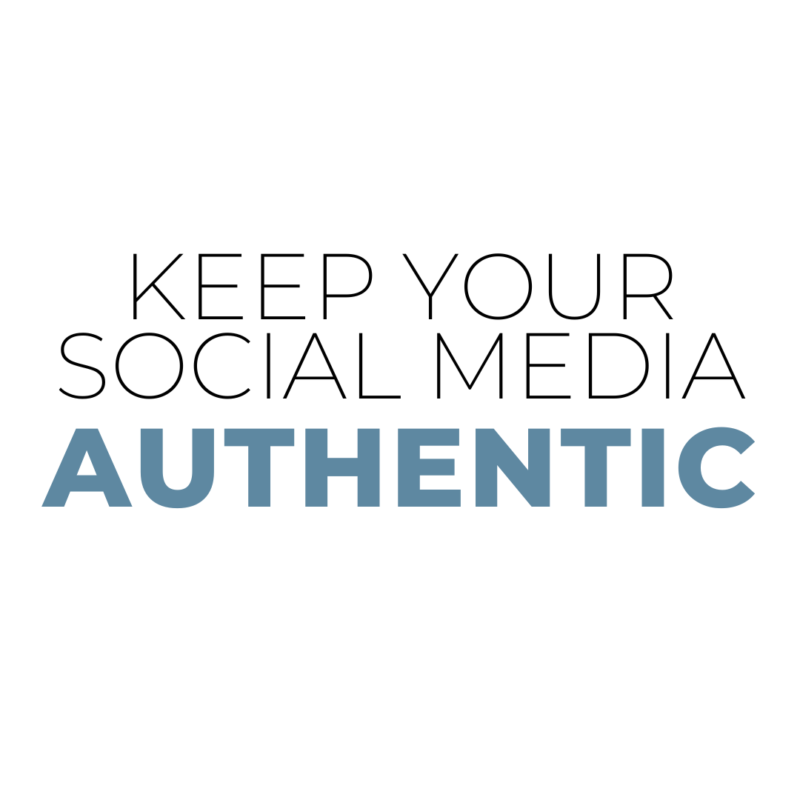Facebook isn’t for everyone
I have a confession. After work and on weekends, I avoid Facebook. It seems strange for someone who seems to live social media for several clients, but that’s actually the primary reason I avoid it. I’m on Facebook all day long. I’ve got 10 business pages to check on. So, while I see a lot of what gets posted on the platform, I rarely post things to my own wall (much to my family’s chagrin, as my mom and sister decided to out my pregnancy on Mother’s Day after I hadn’t posted it myself).
Needless to say, I have come to value face-to-face interaction more than I did before. When my sister asked why I hadn’t told the Facebook world I was expecting, I told her that it’s so much cooler to tell people in person.
But how does all this affect a brand? We know Facebook has changed significantly since it started, but is it still a must-have platform for everyone? My guess is it’s not. So, here are a few lessons I’ve learned from the hours I spend on the platform weekly.
It’s not free advertising.
When Facebook first started, “early adopter” brands created their own profiles to get in front of users. It didn’t take long for Facebook to create what we now know as the fan page (or business page). At first, brand reach was outstanding! As long as a person liked the page and was on Facebook to see the update, it was delivered to his/her newsfeed. Facebook needed brand content to diversify its platform.
After several years, it seems every business has its own page. Now, it’s a fight for reach. Facebook has continually decreased organic reach for brand posts to as low as 1 percent of the audience. They say it’s because they deliver what users want to see, but conveniently enough, you can still get all the reach you want – if you’re willing to pay for it. Does organic reach still exist? Yes. Is it a foolproof way to save money or get some free buzz? Not anymore.
It’s saturated.
Sometimes, I literally facepalm when I see businesses asking for likes on their page. I drove by a mini-storage place the other day and their readerboard said, “Like us on Facebook.” And all I could think was “Why would I ever do that?” For the purpose of this blog, I looked it up and – get this – THEY DON’T EVEN HAVE A PAGE. They have one created by a user with a single one-star review, no photo and no posts.
Not everyone needs to be on Facebook. First, if your demographic isn’t using the platform, it’s a waste of your time. We know users younger than 18 are a small (and shrinking) portion of Facebook’s user base. So if you want to market to them, consider Instagram instead.
Manage your expectations.
While it’s safe to say your posts won’t reach the majority of your fans unless you boost them, there may still be a place for your content on Facebook. For example, I like a local women’s boutique, but their posts almost never show up in my newsfeed. However, if I’m in the market for a new dress, I will go to their page and check out their latest inventory photos before I go into the store. So their content, while not delivered, is serving its purpose. The same goes for my Crossfit gym. Their content is never delivered to me, but I frequently visit their page to check on event information or daily workouts.
If you create content for the purpose of people who want to see it, you’ll be in good shape. On the other hand, if all your content is gimmicky (i.e. like us to get a discount this month), you’re unlikely to attract high-quality fans, retain them or actually convert them into long-term customers.
At the end of all this, the lesson is to know your audience, understand your own expectations for your social content and, if you choose to spend, spend wisely.


